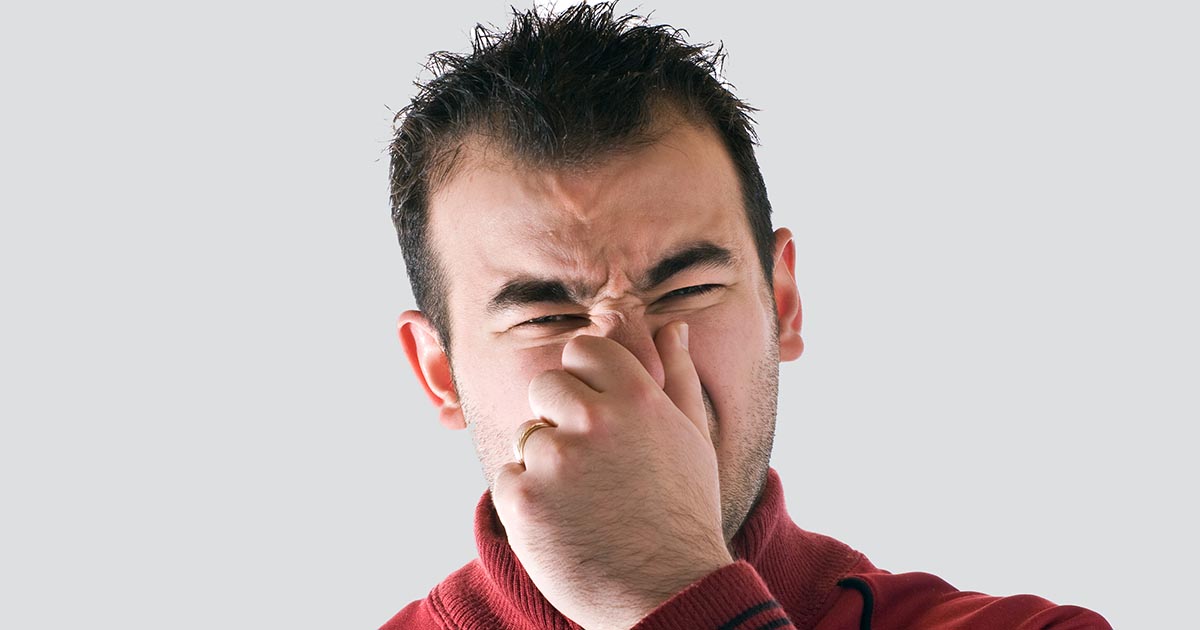How To Pop Ears Safely
Sucking On Candy

Sucking on candy helps stimulate saliva, which can encourage the frequent swallowing necessary for successful ear popping. When using this method, caution should be exercised in the selection of candy. Some patients use lozenges or hard candies that can present a choking risk, particularly for the elderly and those with swallowing difficulties or other underlying health concerns. Patients should choose a hard candy with a hole in it, as this would allow at least some breathing if the candy accidentally became stuck in the throat.
Lollipops may also be a safe alternative for many patients. Chewy or gummy candies such as gummy bears, fruit leather, and chewing gum are also beneficial. While this technique can be safely used by healthy adults, it is not recommended for children. In particular, it should not be used by children under three years old, as they have a very high risk of choking on small candies. Sucking on candy works best when combined with other methods such as forcing a yawn and wearing earplugs.
Toynbee Maneuver

The Toynbee maneuver can provide successful ear clearing for many patients. This method is fairly forceful, and while it can result in immediate ear popping, it may cause discomfort, and patients may wish to try other methods first and save this maneuver. It should be used with caution in children. To employ this maneuver, patients should start by pinching their nose closed. With the nose pinched shut, patients should then swallow.
The swallowing in this method immediately opens the Eustachian tubes, and the act of moving the tongue while the nose is closed helps compress the air passing through to the middle ear. Patients may wish to combine this method with a nasal decongestant spray or applying a warm washcloth to the outside of the ear. Patients who experience any pain or discharge after trying this maneuver should see their doctor for an ear examination.
